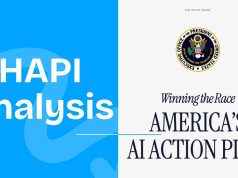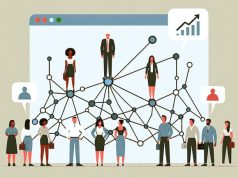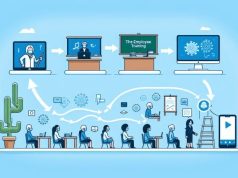As an experienced Retiree/Post-Career Advisor, I’ve witnessed countless technological revolutions and their impact on the workforce. Today, we stand on the brink of another such transformation: the rise of automation in the public sector. This evolution beckons a future of improved efficiency and potential cost-savings, but it also casts a shadow of uncertainty over job security for government workers. Through this blog post, we’ll delve into the critical analysis of how automation is carving its niche in public policy development and workforce management, striving to find that delicate equilibrium between tech-driven public service enhancements and the imperative to safeguard government employees’ livelihoods.
The public sector, traditionally characterized by its stability and predictability, is now at the cusp of a paradigm shift. Automation technologies like AI, machine learning, and robotics are no longer the preserve of Silicon Valley startups or manufacturing giants; they’re rapidly making inroads into government agencies. These technologies promise to streamline processes, reduce redundancy, and perhaps most appealingly, cut down on long-term costs. However, with these benefits come ethical considerations that must not be ignored.
Ethical implications are at the heart of the debate on automation in government work. There’s an inherent responsibility in public service to ensure that the pursuit of efficiency doesn’t disenfranchise those it’s meant to serve or employ. The key question is: How do we reconcile the potential displacement of workers with the moral obligation to provide fair employment opportunities? Policy development, hence, becomes pivotal in aligning with the principles of equity and justice.
Policy-makers are tasked with a dual mandate. On one hand, they must craft regulations that foster innovation and accommodate emerging technologies. On the other, they need to establish safety nets and transition pathways for employees whose roles may be affected. This is where the concept of ‘responsible innovation’ gains prominence—ensuring that advancements are made with a conscious understanding of and planning for their broader societal impacts.
Furthermore, upskilling the existing workforce is arguably as crucial as any other strategy. Investing in continuous learning and development programs can prepare government employees for a future where their tasks may evolve, or new roles may emerge. This not only aids in job retention but also empowers workers to embrace the changing landscape with confidence and competence.
In conclusion, as automation becomes a reality within the public sector, it’s essential to conduct this transition thoughtfully. By emphasizing ethical automation, sound policy development, and robust workforce upskilling, we can aim for a future where technology enhances public service delivery while also preserving and enriching the job market for government workers. Let’s advocate for a dialogue on responsible innovation and ensure that as we move towards a more efficient government, we don’t leave our workforce behind.
The promise and challenges of automation in public service are not just a passing topic of discussion; they’re the harbingers of our future work realities. It is in our collective interest to navigate this transformation with wisdom and empathy, ensuring that the government continues to serve the populace and employ it justly.




























